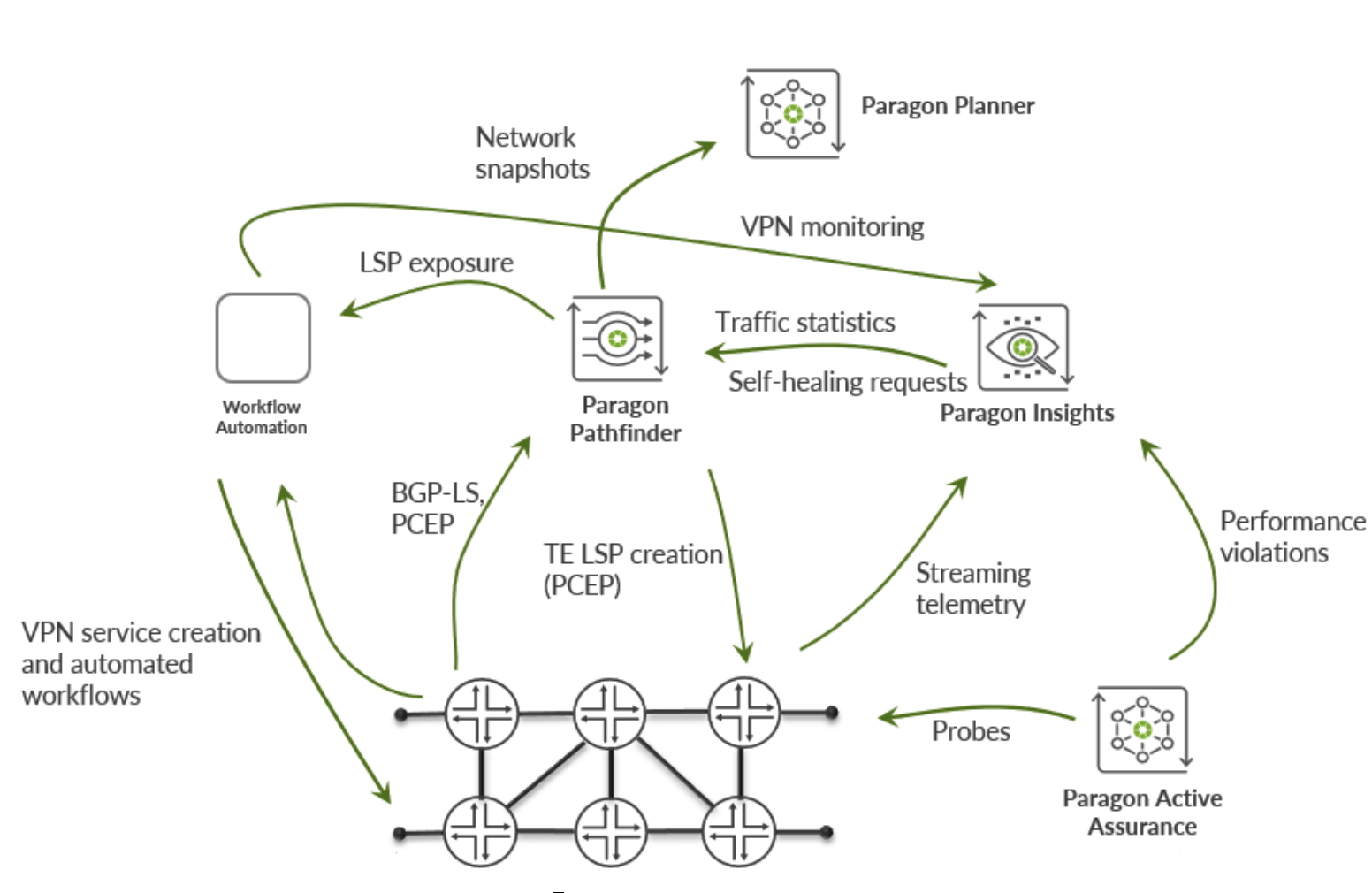This is a series of posts covering the subject of Storage Management. In this post, I’ll be discussing one of the four foundations, Service and what exactly that means.
My Four Pillars of Storage Management are defined in this initial post. To recap, I define Service as:
“Offering of services to business customers via a service catalog and measuring the ability to deliver to the business through KPIs and Service Level Agreements.”
If you look back to the early days of computing, the computer department was almost a law unto itself. Access to the mainframe and other resources was at the whim of the Systems Programmer, a bearded, sandal-wearing, social skill-lacking individual who might just do what you ask him when he was ready. Ricky Gervais parodied this character perfectly in The Office; the IT expert within the office was also expert at everything else including karting (”Oi, no professionals….”). By the way, before everyone starts flaming me — I was a Systems Programmer on mainframe for a few years at the start of my career, so I speak from personal experience.
Fortunately IT has matured and we’ve mostly moved on to a service-orientated method for delivering computing (and in this case storage) resources. To effectively deliver storage resources within an organisation, it is essential to move to a service-based model where storage is provided as a service offering that is planned and managed, rather than simply on-demand.
The typical example that is always quoted is to compare computing resources to utility companies providing electricity, gas and water. Personally, I prefer in some respects to look at the telecoms market for better examples, in particular mobile ‘phone companies. What all of these companies have in common is that they offer you a service and then charge you for your consumption. On a periodic basis you are provided with statements and payment is taken. Most critically, you have no real knowledge of how the service is delivered, what underlying technology was used e.g. Gas, Nuclear, Green, Coal forms of electricity generation. To a certain degree you have no need to care unless of course the company can see some market advantage from promoting their use of a certain technology (for example, energy companies offering “Green” tariffs).
So it should be with storage. The delivery of storage resources should be thought of as providing a service. Moving to that model requires thinking of the following components.
In subsequent posts, I’ll discuss more on the Service details and explore how to achieve setting up service-based storage delivery.




